 Introduction
Introduction
E very weekday morning growing up, my family had a routine so my brother and I wouldnt miss the school bus. We would brush our teeth, shower, get dressed, gather our books into our backpacks, and eat breakfast. He would usually have a muffin or bagel, and meI would have oatmeal. My mom would always prepare it for me by gently warming milk on the stove, pouring it over instant oats, and topping it off with thinly sliced banana. As I was getting dressed, she would call out Dolly! to me when it was ready. Because I still eat oatmeal almost every morning, and because my mom still refers to me as Dolly, Dolly and Oatmeal was an obvious choice for my blogs name.
Oatmeal was a large part of my morning routine, but bread and cheese played a very large role in my life growing up in New York as well. As a child with a German/Italian/Jewish/Irish background, I ate my fair share of pasta, bagels, white potatoes, and all sorts of dairy products. For as long as I can remember, though, I had stomach pain, indigestion, and mood swings. It wasnt until I moved out of my parents house and started cooking for myself that I realized the connection between the food I was eating and the way it made me feel. These issues developed into more pronounced problems, from painful bouts of indigestion to anxiety and even depression.
When my symptoms first started, I was treated by medical doctors who sought to fix my difficulties by prescribing medications with side effects that often left me feeling worse than I had previously. From there, I sought to change my diet, and, with the assistance of a homeopathic doctor, I tried a series of plant-based powders, herbs, and natural supplements to detox my system from the medications. After a few months, however, I still did not feel bettermy stomach ached, I had gained weight, I was suffering from continued mood swings and anxiety, and it was all beginning to seriously affect important relationships in my life.
While I continued to experiment with changing my diet, I really had no idea where to go or whom to ask for advice. What did it mean to be gluten-free? Should I be vegan? What about eating only raw food? I felt like I was eating healthily, but it still wasnt adding up to feeling any better.
Everywhere I looked, I read confusing and conflicting accounts of whats purported as good for you. Thanks to some inspiring cookbooks and food blogs, I started to focus on eating whole foods to heal my body from the inside out. I began my diet by including more whole grains, vegetables, and fruits and less take-out, fried food, and snacks. I also started a green smoothie routine in the morning that made me feel like I was doing the right thinghow could eating all that kale and berries be bad? While I began to feel better here and there, I still maintained highs and lows. I knew I wasnt at my best or most vibrant. I always prided myself on being physically fit, playing all kinds of sports, and being active. I recognized that my pursuit for a healthy body and mind was not over.
I finally sought the help of a nutritionist. She started me down a path where I learned the benefits of eating a plant-based, gluten-free, and dairy-free diet, and of being conscious of foods with a high glycemic index that cause a spike in blood sugar, which had often led to irregularity in my mood. Now, I was left feeling light, energized, and, most important, happy. The road to healthfulness wasnt the easiest, howeverpizza, pasta, sandwiches, and most dairy products were all eliminated from my diet, and I thought my life was basically over. There were so many kitchen mishaps, some minor tantrums, and tons of frustration about where to start. But eventually I became hooked on the new flavors I tasted, the new kitchen experiments I attempted, and the feeling of feeding my mind and body in a better, more thoughtful way. This is what good for you is all about!
It was early on in my journey when I was introduced to a flatbread made by mixing chickpea flour, water, olive oil, salt, and pepper and baked in a blazing hot pan. Its known as farinata where it originated in Genoa, Italy, or socca in Nice, France, where it has been eaten for centuries as well. It became most popular in the 1900s when it was served in Nice as street food accompanied by a glass of chilled ros. As gluten-free diets have become more popular here in the States, people have begun making this versatile flatbread at home.
I would liken the texture of socca to that of a classic french frya warm and crunchy exterior with a smooth and velvety center. My gluten-loving husband, who was my boyfriend at the time, loved it, too, which meant that we could collectively partake in a meal that was both delicious and tolerable for my diet. From then on, chickpea flour would come out weekly when we made socca with our dinner or to accompany soups or stews at lunch. Ive included a socca recipe in the July chapter (), but socca can be enjoyed any time of year.
As I began developing recipes for freelance projects and for my blog, I experimented with combining chickpea flour and other gluten-free flours and became increasingly confident in the varied texture it offered to many different dishes.
Plus, on its own, chickpea flour can be used in a wide array of recipes for a variety of purposesin chickpea tofu or savory pancakes, as a thickening agent in soups and sauces, and much more. Its even great in cookies, cakes, and brownies. I then began experimenting with other recipesa traditional yeast-based gluten-free pizza with crisp asparagus and pea shoots (). I tested them on my husband, who isnt affected by gluten, and realized chickpea flour could be used to make traditional recipes gluten-free. The foods that I thought I had to give up could stay in my diet and still be delicious and nourishing! And with the addition of other flours, like sorghum, oat, and almond, I could enhance the taste and texture of gluten-free baked goods and meals.
So why chickpea flour? While its still relatively new to many homes here in the United States, chickpea flour can be used to inspire real-life, everyday meals. And chickpea flour has amazing nutritional benefits that stack up against wheat flour and other gluten-free flours as well.
About the Book
Each recipe in this book is gluten-free and dairy-free, vegetarian, and many are vegan as well. As I will expand upon, the recipes are organized by season and month, with ninety-six recipes in all. Of the ninety-six recipes, half are vegan and are marked with a v icon.
The recipes were inspired by my favorite flavors, seasonal ingredients, and beloved dishes, new and old. In some cases, I wanted to re-create a traditional dishin others I was inspired by the season and the wonderful produce available. In changing my diet to one that is gluten-free, dairy-free, and vegetarian, I didnt lose much. Instead, I gained a wealth of flavors and dishes to try. With some creativity, I was able to embrace the simple pleasure in combining the freshest ingredients to make meals to be shared with friends and family.
In many of the headnotes, I describe how chickpea flour is used in the recipe. You may be surprised by the many ways it can be used: to thicken a soup, as a base for a dressing, in any number of sweet dishes, to make a coating for frying, and in flatbreads and pizza dough. I found that, oftentimes, the best use for chickpea flour in a recipe was an unexpected one.
This book and its recipes are bolstered by a pantry staple that has been around for centuries and is a key ingredient in so many traditional dishes. Chickpea flour helps to create dishesfree of the things that cause discomfort for so manythat everyone can enjoy.
Next page

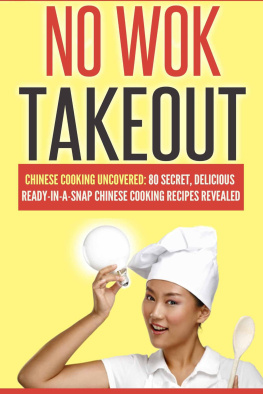
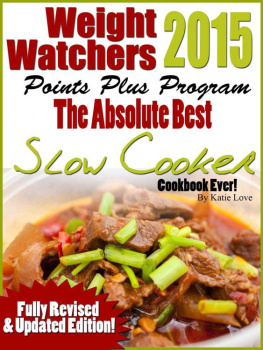
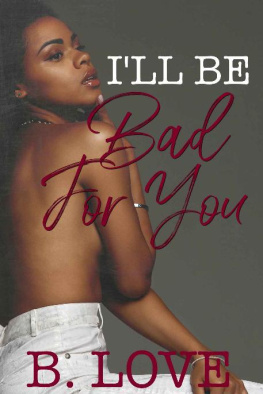
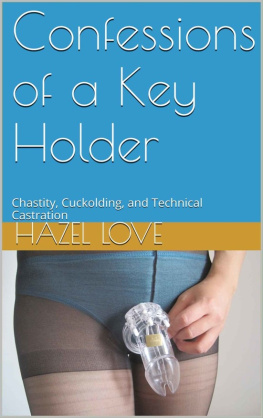
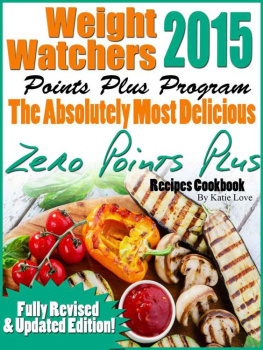


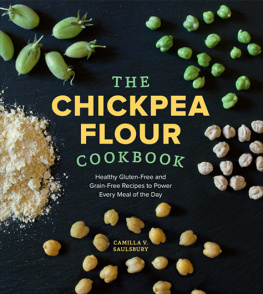
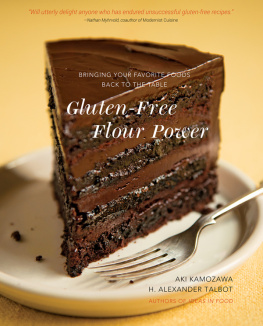
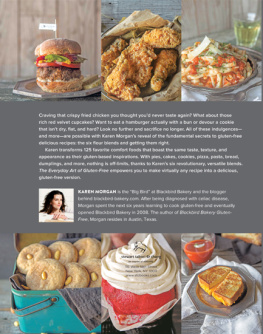
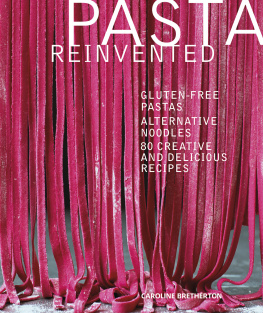
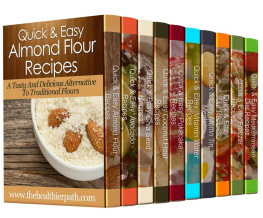
 Introduction
Introduction